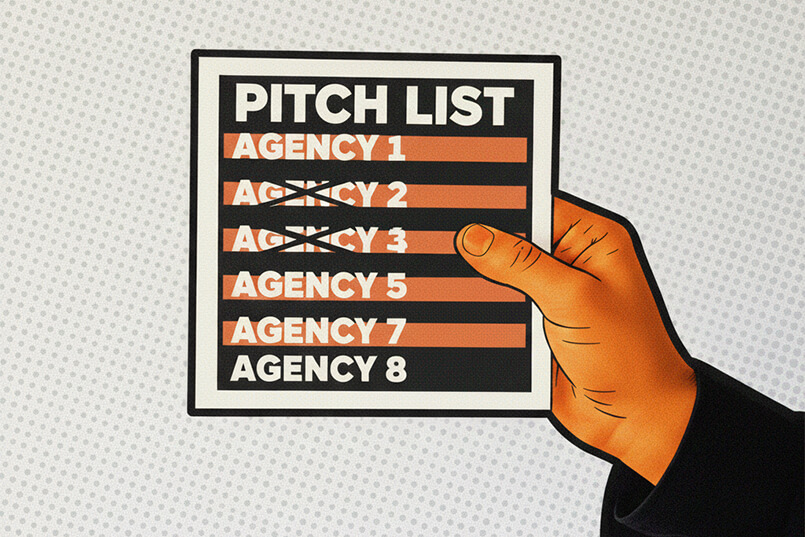I was recently in a meeting with a marketer and their procurement team discussing a forthcoming agency review. When we got to discussing the process, I was asked by the head of marketing what process would be best. Before I could answer the procurement team had said they would have to go to market with an open tender as that was company policy.
Open Tender: def: A Tender that allows a wide range of Suppliers to Bid without restriction.
Closed Tender: def: A Tender where the number of Suppliers invited to Bid, is limited to a small, select number that are deemed to be able to meet the Tender requirements.
The problem is that while the Open Tender is a legitimate selection process, in the marketing and advertising category, like most professional services categories, it is often flawed, delivering less than optimal results.
Some of the key issues are:
1. Attracting less than qualified suppliers
2. Highly successful suppliers boycotting the process
3. Damaging the relationships with incumbent vendors
4. Increasing the time and resources required
5. Not achieving a sustainable outcome
1. Attracting less than qualified suppliers
Advertising is a broad and diverse market category that is easy for suppliers to enter but more difficult to succeed. Therefore you invariably have a pyramid structure of potential vendors. Open tenders, even those with detailed criteria, attract participation from the broad range of suppliers.
In one case a Government Agency went to open tender and received more than 200 tender responses and yet in the whole market less than a dozen would have actually qualified.
2. Highly successful suppliers boycotting the process
The open nature of the tender sees the process as seen as highly competitive and quite random. Even with a rigorous selection process, open marketing making participation is seen by many as a high risk for reward, because of the quite subjective evaluation, especially for the highly credentialed and highly successful suppliers.
We have seen several open tenders where the more desirable agencies choosing to not participate in the process because they do not feel their expertise is recognised or considered in the open tender process.
3. Damaging relationships with incumbent vendors
Often tenders are used, incorrectly, as a process for reviewing the incumbent vendor. This can damage the relationship with the incumbent to the point that in some cases we have seen the incumbent withdraw from the process. So even if the incumbent is the best solution having gone to open tender, the opportunity is either lost or at the very least damaged.
4. Increasing the time and resources required
Look at the numbers. Going to open tender can generate a lot of interest, but if it is not the right type of interest you can be wading through a huge number of tender documents. I have seen many marketers and even procurement have difficulty reading five or six tender documents. So imagine the time required to read through 100 or 200 documents? The problem is that if you skip through them you may just be overlooking the best solution purely because you are bored.
5. Not achieving a sustainable outcome
If you are procuring a commodity item then an open tender is a legitimate approach because the tender simply needs to prove they can deliver the item in quantity and quality and the cost. But marketing and advertising services are specialist skills that are co-created between the agencies and the organisation. It is more a relationship than simply a supplier agreement.
Therefore knowing who you want is an important initial step to success. Going to the market place and inviting all those interested is not as clearly defined as approaching those suppliers that fit your criteria and commencing the process from there.
How do you do that? Well that is where we can help.




